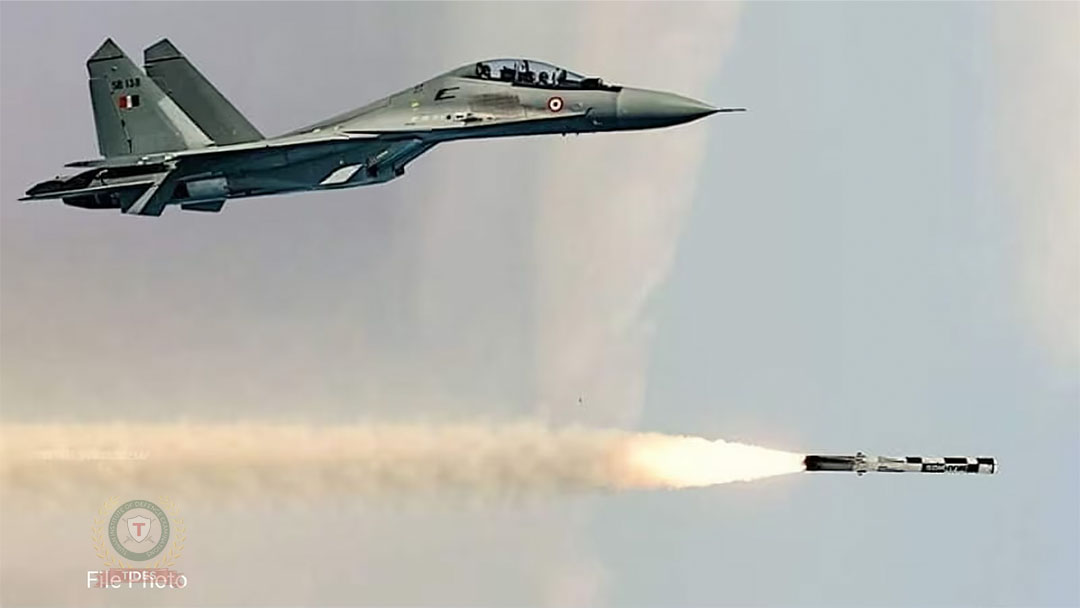A dog-fight, or dog fight, is an aerial battle between fighter aircraft conducted at close range. It is a form of air combat maneuvering (ACM), which refers to tactical situations requiring the use of individual basic fighter maneuvers (BFM) to attack or evade one or more opponents. Dog-fighting first appeared during World War I, shortly after the invention of the airplane, and was a component in every major war until the end of the Cold War. Since then, longer-range weapons such as beyond-visual-range (BVR) missiles have made dog-fighting largely obsolete¹. However, dog-fighting skills are still taught and practiced by some air forces as a last resort option or a demonstration of flying proficiency.
Origins and Evolution of Dog-Fighting
The first recorded instance of plane-on-plane combat occurred during the Mexican Revolution in 1913, between two American mercenaries fighting for opposing sides. However, neither pilot wanted to harm the other, so they exchanged pistol fire without hitting each other². The first true dog-fights took place during World War I, when aircraft were initially used for reconnaissance and observation. As the war progressed, pilots began to arm their planes with machine guns and engage in aerial duels with enemy planes. The term dog-fight was coined by British pilots who compared the chaotic and fast-paced nature of these battles to a melee between dogs³.
During World War I, some of the most famous dog-fighters were Manfred von Richthofen (the Red Baron), Eddie Rickenbacker, René Fonck, and Billy Bishop. They developed and refined various tactics and maneuvers to gain an advantage over their opponents, such as the Immelmann turn, the split-S, the barrel roll, and the scissors⁴. These maneuvers involved changing the direction, speed, altitude, and angle of attack of the aircraft to achieve a better position for firing or evading. The main factors that determined the outcome of a dog-fight were the pilot’s skill, situational awareness, and aircraft performance.
Dog-fighting continued to be a dominant form of air combat during World War II, despite the introduction of more advanced technologies such as radar, radio communication, and jet engines. Some of the most famous dog-fights of this era were the Battle of Britain, the Battle of Midway, and the Battle of Kursk. Some of the most renowned dog-fighters of this era were Erich Hartmann (the Black Devil), Richard Bong (the Ace of Aces), Saburo Sakai (the Samurai), and Chuck Yeager (the first man to break the sound barrier). They used various tactics and maneuvers to exploit the strengths and weaknesses of their aircraft and their enemies’, such as the boom-and-zoom, the energy trap, the high yo-yo, and the low yo-yo. These maneuvers involved managing the energy state of the aircraft, which is a combination of its speed and altitude, to maintain an advantage over the opponent.
Dog-fighting declined in importance and frequency after World War II, as air combat shifted to longer ranges and higher altitudes with the development of BVR missiles, radar-guided guns, and electronic warfare systems. Some of the few instances of dog-fighting that occurred during this period were the Korean War, the Vietnam War, the Arab-Israeli conflicts, and the Indo-Pakistani wars. Some of the most notable dog-fighters of this period were James Jabara (the first jet ace), Giora Epstein (the ace of aces among jet pilots), Randy Cunningham (the only American ace of Vietnam), and Abhinandan Varthaman (the hero of Balakot). They used various tactics and maneuvers to counter or evade enemy missiles and radars, such as chaffs, flares, jammers, notching, beaming, and crank. These tactics involved deceiving or avoiding enemy sensors and weapons systems to survive or engage.
Current Status and Future Prospects of Dog-Fighting
Dog-fighting is largely considered obsolete in modern air combat operations due to the dominance of BVR missiles and stealth technology. Most air forces rely on these capabilities to achieve air superiority and strike targets without engaging in close-range combat. However, some scenarios may still require dog-fighting skills, such as when BVR missiles fail or are depleted, when the rules of engagement prohibit firing at long ranges, when the enemy has similar or superior technology, or when the mission involves air policing or air show. Therefore, some air forces still train and practice dog-fighting as a contingency plan or a demonstration of flying proficiency.
The future of dog-fighting may depend on the development of new technologies and doctrines that may change the nature and dynamics of air combat. Some of these technologies include hypersonic weapons, artificial intelligence, unmanned aerial vehicles, swarm drones, and laser weapons. Some of these doctrines include network-centric warfare, multi-domain operations, and distributed lethality. These technologies and doctrines may create new challenges and opportunities for dog-fighting, such as faster and more agile targets, autonomous and cooperative adversaries, and more diverse and dispersed threats. Therefore, dog-fighting may not be completely irrelevant in the future, but may require new skills and strategies to adapt to the changing environment.
Dog-fighting is a form of aerial combat between fighter aircraft at close range. It originated during World War I and evolved through World War II and the Cold War. It declined in importance and frequency after World War II due to the development of BVR missiles and stealth technology. However, it is still taught and practiced by some air forces as a last resort option or a demonstration of flying proficiency. The future of dog-fighting may depend on the development of new technologies and doctrines that may change the nature and dynamics of air combat.
Fly High, Feel Free. Join Indian Air Force as an officer through AFCAT Exam. Know more about AFCAT Exam and your eligibility.
For more information visit Indian Air Force Official Website

